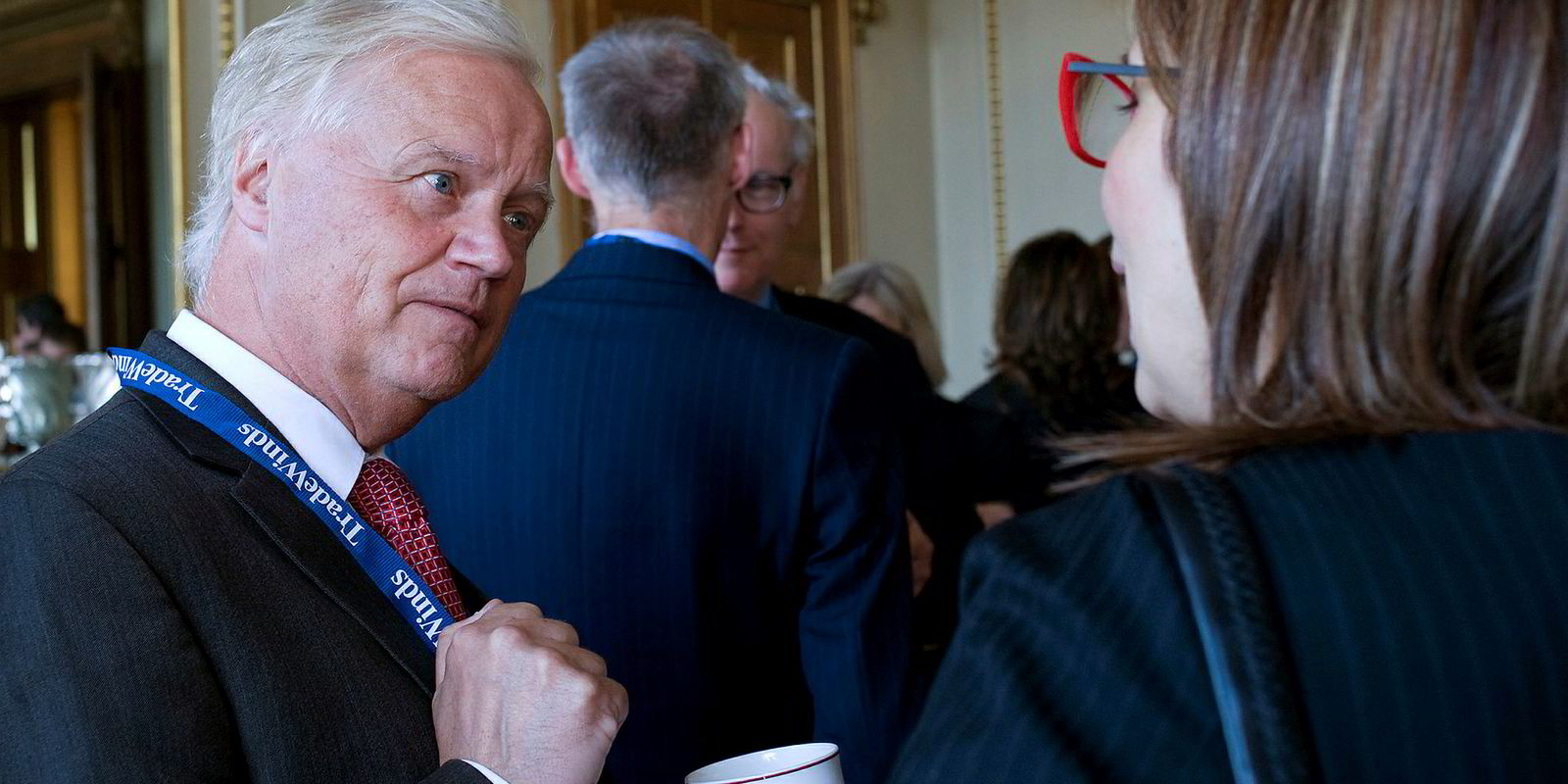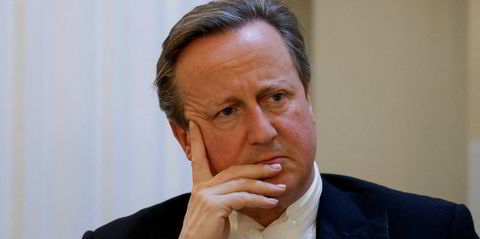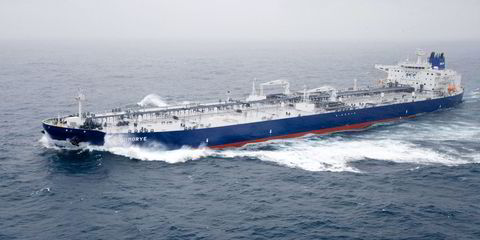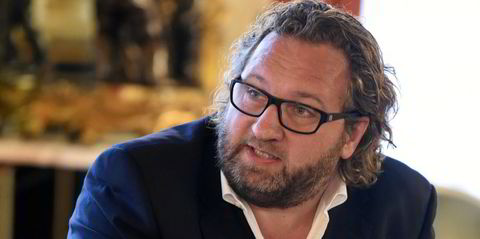There are no grounds for general increases and a good argument that the protection-and-indemnity (P&I) clubs should return more of their wealth to shipowners, according to the Arthur J Gallagher insurance broking group.
In its annual review of the P&I market, Gallagher warns the clubs it will be “asking for more” come the February renewal of cover.
Gallagher P&I division director Malcolm Godfrey applauds the return of funds by nine of the 13 P&I clubs but indicates he had hoped the number would rise to 10.
The broker suggests that against a background of good profits that have raised their collective free reserve to $5.3bn the International Group clubs have been a little stingy in terms of the funds returned to members.
Gallagher calculates that $345m has so far been returned, with another $29m in the pipeline, but this compares to a $1.26bn increase in the collective free reserve since the 2012 to 2013 policy year.
“In other words, for every dollar rebated to members, the clubs have kept $3.65 for themselves,” said Godfrey.
“Can this be justified during a period when the business owners, their members, are by and large struggling to stay in business, let alone make a profit?” he asked.
“Typically clubs have pointed to the need to accumulate funds internally to meet the Solvency II requirements, but that genie is now out of the bottle,” Godfrey warned.
Godfrey sympathises with the difficulty facing the clubs in trying to assess even the medium-term outlook and the danger of handing too much back and then hitting members with cash calls.
“Claims are at incredibly benign levels, helped in no small way by the dire trading conditions in the industry,” he noted.
“It is not hard to see a scenario where a slight shift in claims frequency can change the overall underwriting experience dramatically,” Godfrey acknowledged.
The reinsurance market also remains comparatively soft but the availability and price of catastrophe cover is volatile and could be affected by the large-scale damage caused by recent hurricanes and investment markets also remain hard to call.
“We recognise the dilemma in which the clubs find themselves — long-term premium stability or short-term benefits for the members,” said Godfrey. But he questions whether the correct balance between retaining and handing back funds has been struck.
“So, how do we see the forthcoming renewal?” Godfrey said: “In the absence of any strange developments, there can be little justification for any general increases, and good reason for more returns of premium.”
TradeWinds has reported over recent weeks calls from other broking groups such as Jardine Lloyd Thompson, Tysers and Wilson Europe for a continuing standstill on premium demands.
The three biggest insurance broking concerns — Marsh, Aon and Willis — have yet to reveal their renewal stance but it would be no surprise if they also took the view that there is little justification at the moment to restart the general increase premium escalator.
It looks as if brokers are pre-emptively turning up the pressure on the clubs to seek no general increases and continue to return funds to members.
But at least some of the clubs are sympathetic to this move. “It is not something we would disagree with,” a top manager of the Britannia Club tells TradeWinds.
Only the West of England Club has so far set out its strategy of not seeking any general increase at the February 2018 renewal. But the club also decided against making an immediate return of premium while it waited to see if an unexpected second-quarter claims spike was the beginning of a trend or just random volatility.
The P&I renewal season is, however, just beginning so announcements from other clubs can be expected over the coming weeks.




